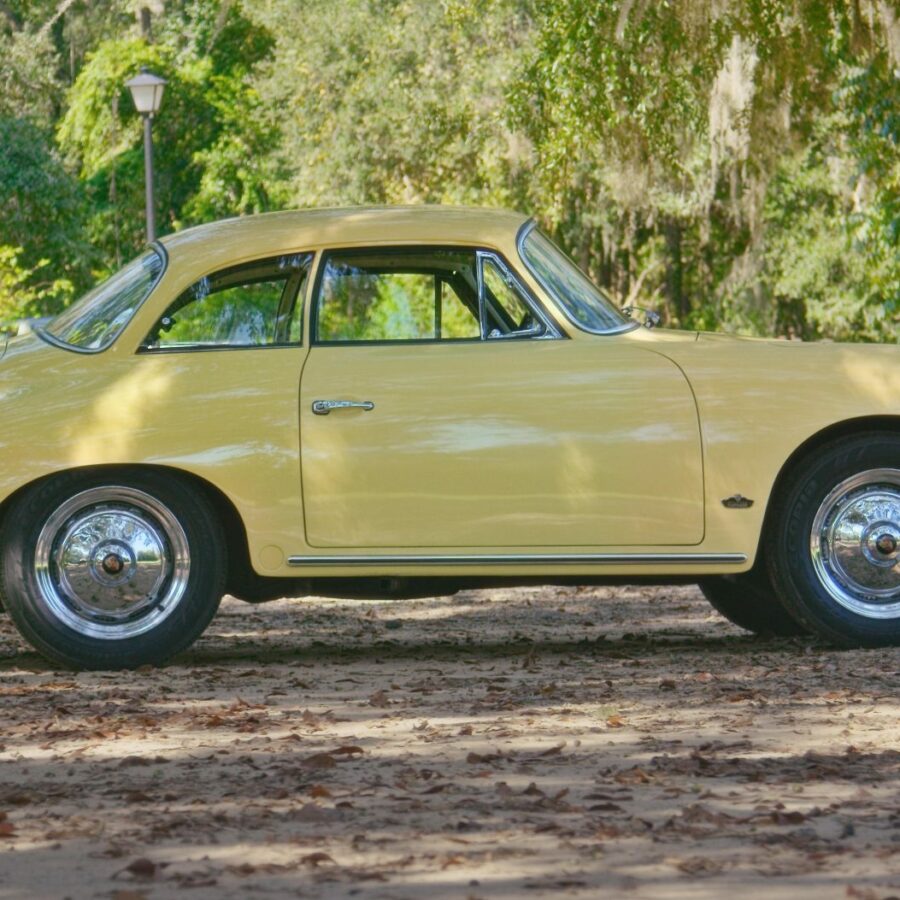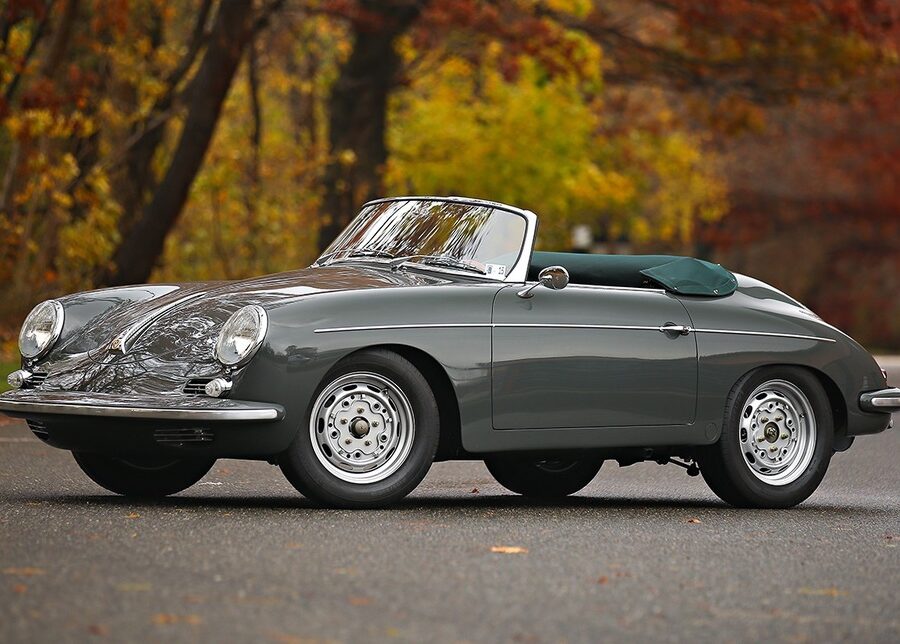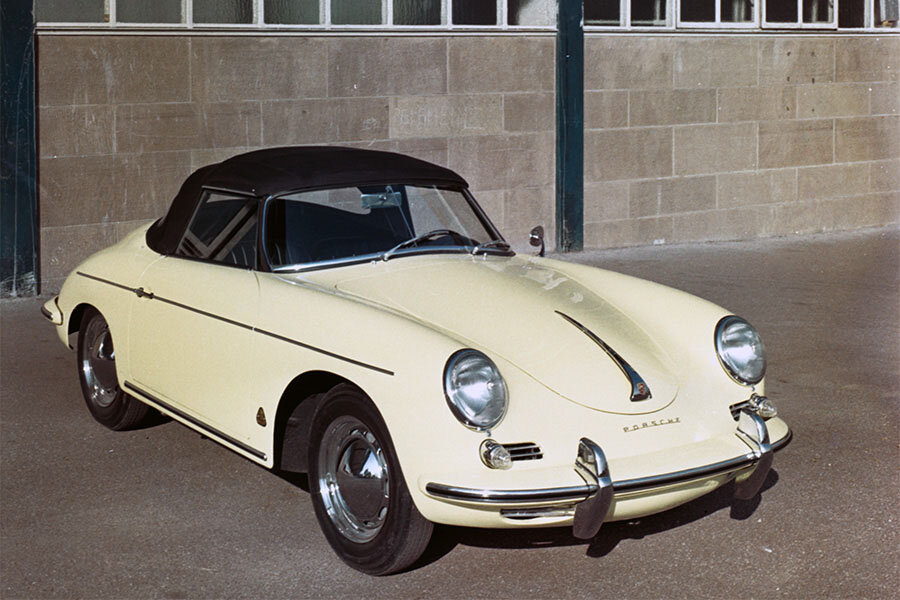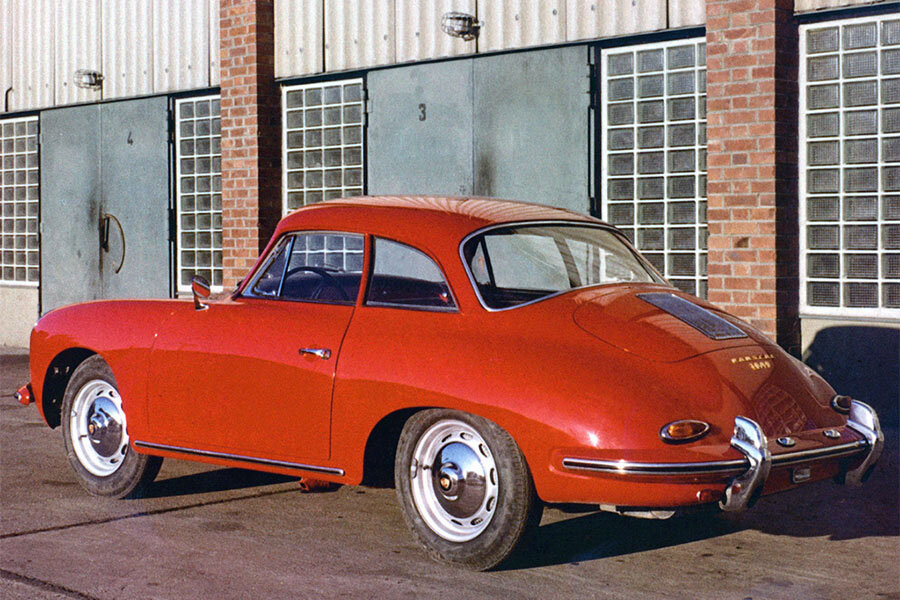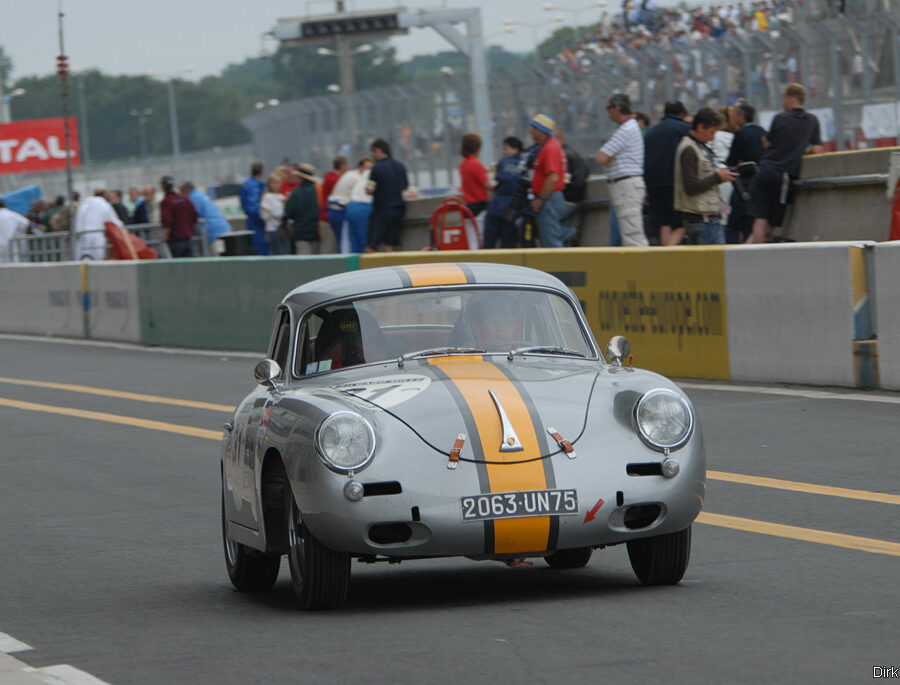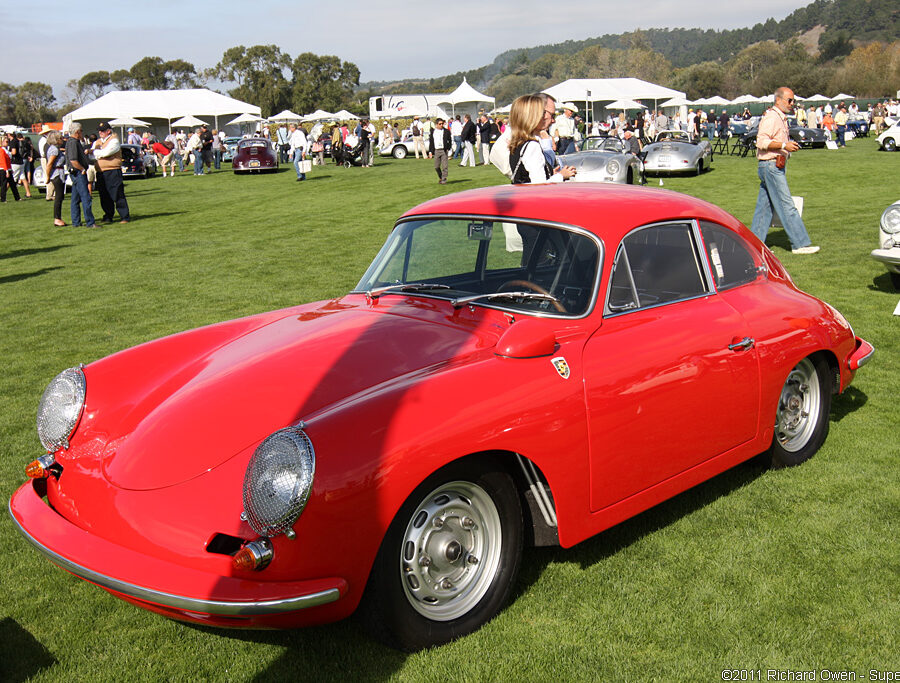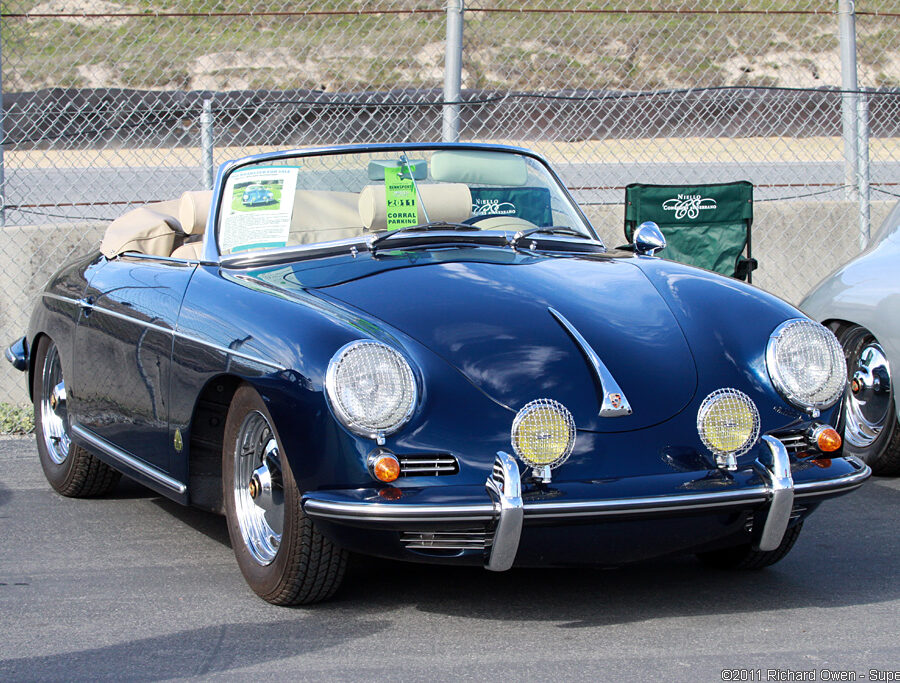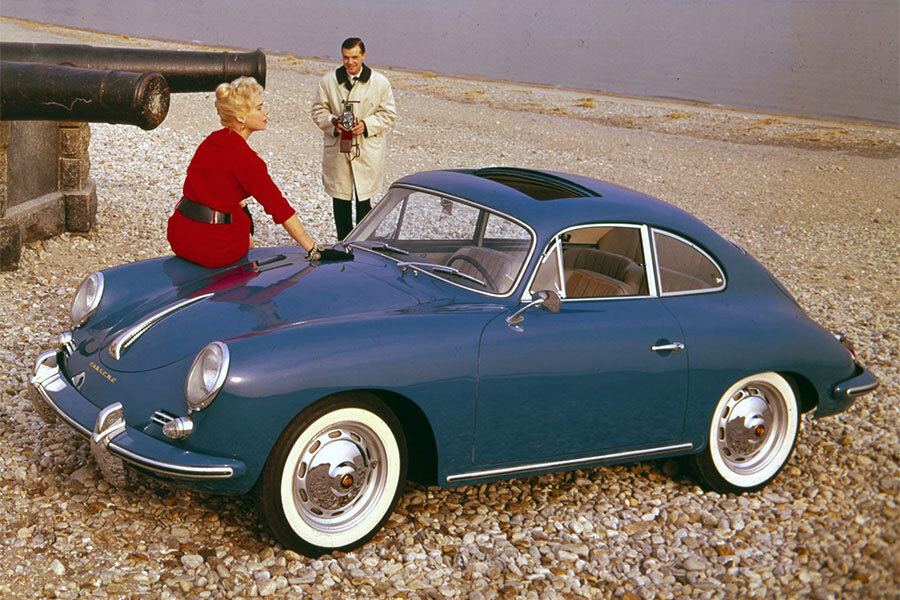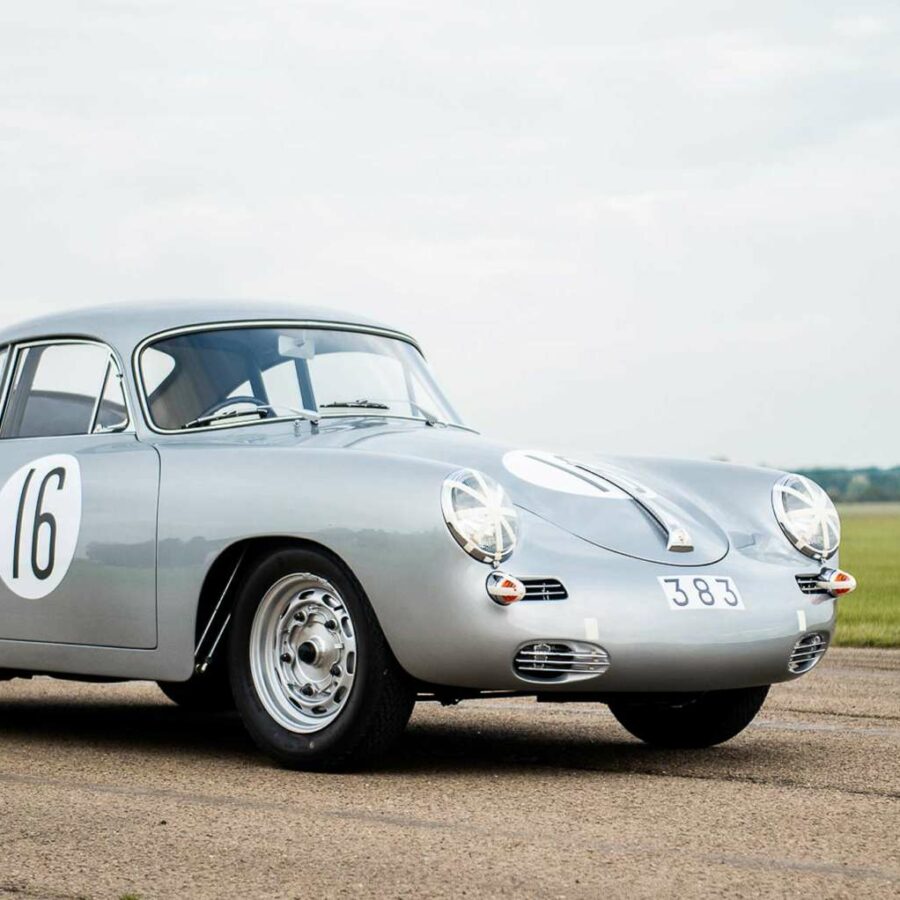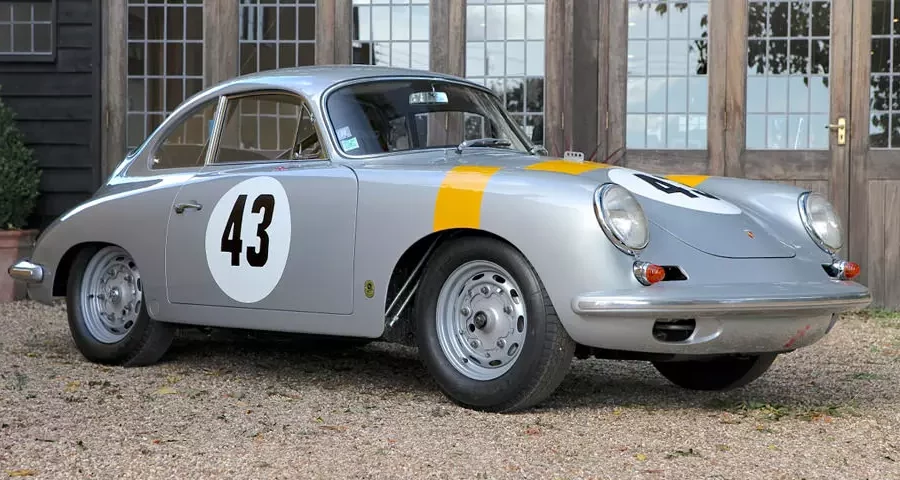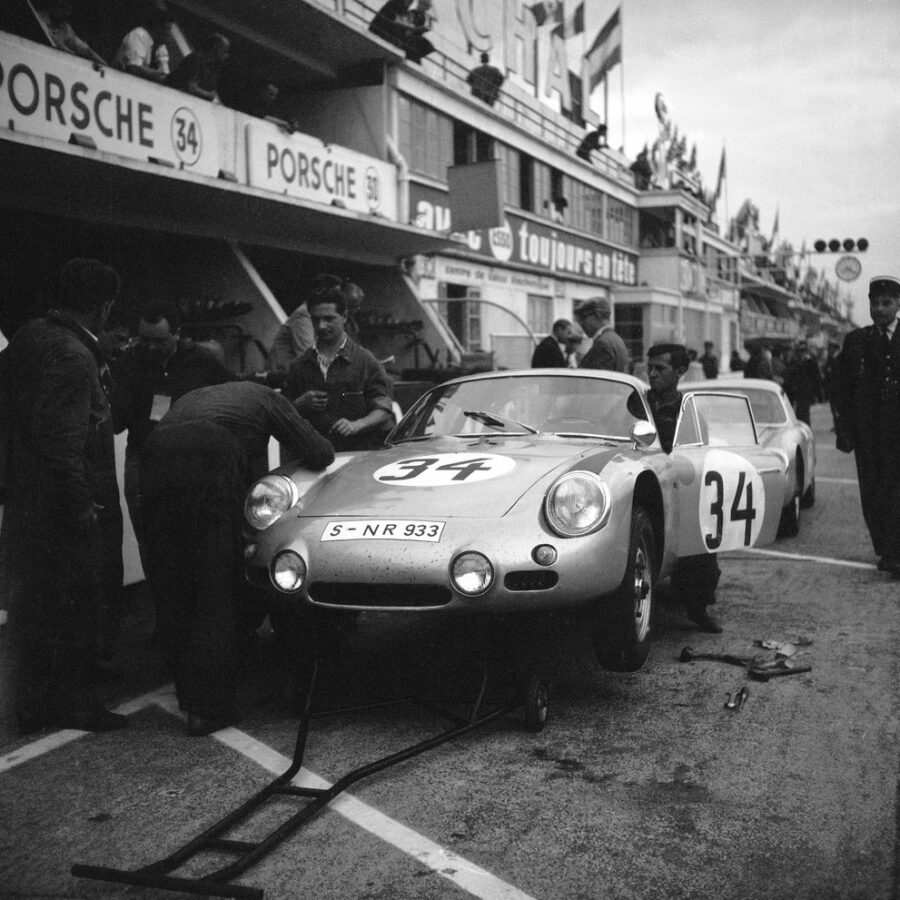Porsche 356 B 1600 (1959 – 1963)
In 1959 Porsche revealed their updated 356, the 356B. Completely revised body that was more suitable for the American market.
Porsche 356 B 1600 GS/GT Carrera Coupe (1960 -1961)
Just 49 356 B GS/GTs Produced. Built from lightweight materials and had Porsche’s most powerful racing engine of the time
Porsche 356B 1600 Super 90 GT Coupe (1960 – 1961)
Fourteen Super 90 Coupes were ordered with the lightweight GT package for racing.
Porsche 356B/1600GS Carrera GTL Abarth (1960 – 1961)
In keeping with FIA regulations, Porsche created a new lightweight 356 with help from Abarth


